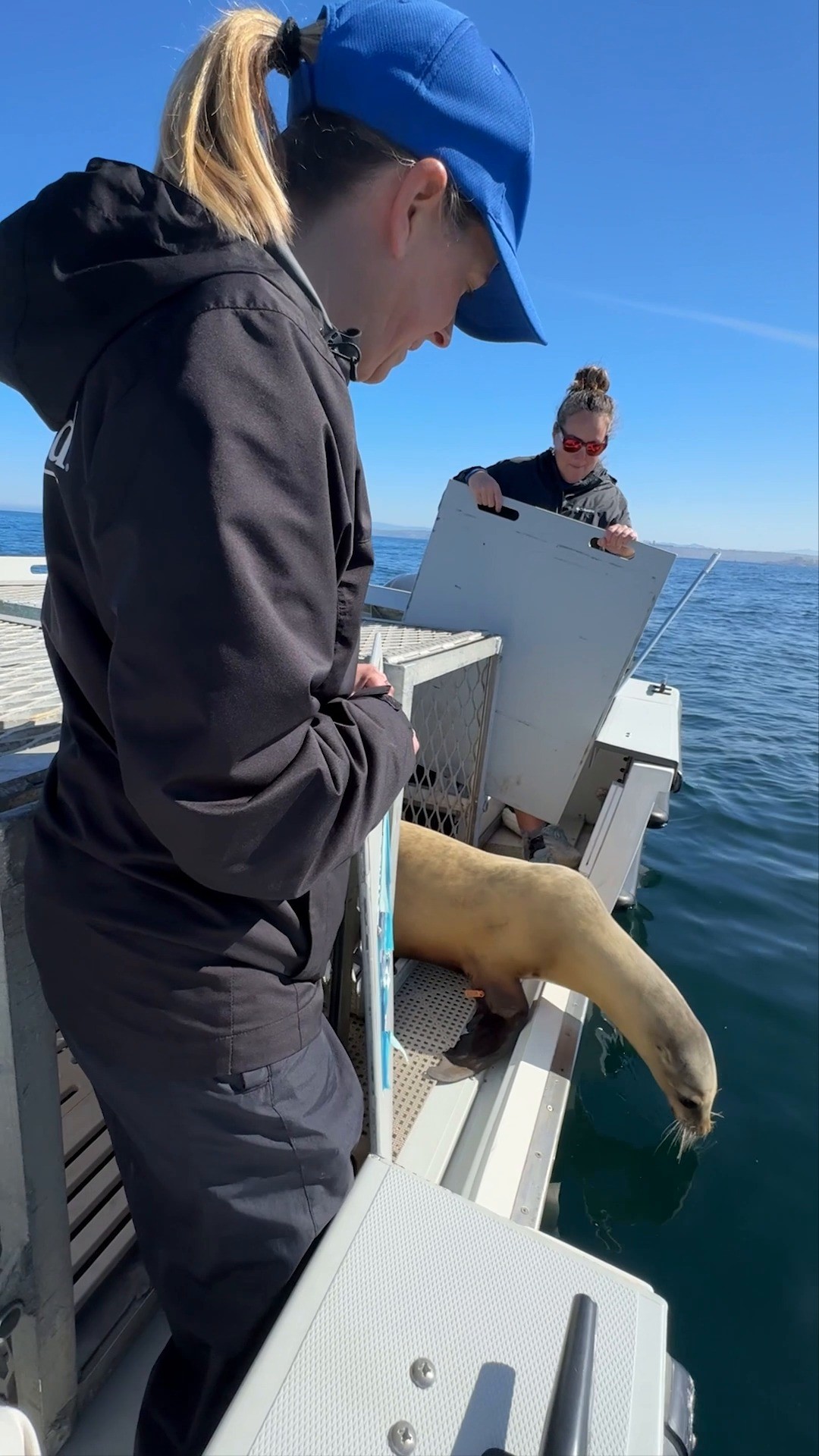- The rehabilitation journey of the seven sea lions recovered by SeaWorld Rescue, emphasizing the comprehensive care and treatments provided.
- The significance of wildlife rehabilitation in conservation efforts, focusing on sea lions as a representative species.
- The specific challenges in treating a sea lion with a severe shark bite, and the strategies used to overcome them.
- The role of zoos and aquariums in wildlife conservation, education, and public awareness.
- The successful release and monitoring of rehabilitated sea lions, including its broader implications for marine conservation efforts.
In an inspiring testament to resilience and dedicated care, SeaWorld Rescue recently returned seven rehabilitated sea lions to their natural habitat off the coast of San Diego. This remarkable event highlights ongoing conservation efforts and underscores the critical role organizations play in wildlife preservation. This article delves into the comprehensive care and rehabilitation of these sea lions, with one having overcome a severe shark bite, expounding on the implications of such efforts for marine conservation worldwide.
The journey of these sea lions began when they were found in distress, in need of human intervention due to various ailments such as malnutrition, dehydration, and injuries. Each case represents a unique challenge requiring specific interventions. SeaWorld Rescue, with its extensive expertise, employed a variety of techniques tailored to each animal’s needs. Advanced medical treatments, nutritional support, and behavioral enrichment are key aspects of the rehabilitation process.
Wildlife rehabilitation extends beyond individual rescues; it serves as a critical component of broader conservation efforts. For marine mammals like sea lions, threats from pollution, fishing nets, and climate change exacerbate their vulnerability, necessitating intervention. By rehabilitating and releasing animals back into the wild, organizations like SeaWorld Rescue help maintain biodiversity and support the ecological balance in marine environments.
One of the most compelling aspects of this particular story is the recovery of a sea lion that had suffered a severe shark bite. Addressing such traumatic injuries requires an intricate understanding of marine mammal physiology and a multidisciplinary approach to treatment. Veterinarians and marine biologists work in concert to administer antibiotics, perform surgeries if necessary, and monitor the animal’s recovery. The success of these medical interventions highlights the advancements in veterinary care for marine species and the commitment to saving every possible life.
Zoos and aquariums play an indispensable role in wildlife conservation, going beyond just rehabilitation. They also engage in public education and research initiatives. By informing the public about marine life challenges, these institutions inspire community involvement and foster a sense of stewardship towards the environment. Educational programs emphasize the impact of human activity on marine habitats and encourage sustainable practices to mitigate these effects.
The recent release of the seven sea lions was a pivotal moment not just for SeaWorld Rescue but for conservation efforts globally. It involved more than simply returning the animals to the ocean; it included meticulous planning and post-release monitoring. Tracking the movements and health of these sea lions through satellite telemetry provides essential data on their behavior, migratory patterns, and integration back into their natural ecosystem. This information feeds into larger conservation strategies and helps refine future rehabilitation protocols.
As these sea lions make their way back to the ocean, their journey symbolizes hope and the possibility of recovery for marine ecosystems. Each successful rehabilitation and release underscores the profound impact that dedicated conservation efforts can have. It also emphasizes the need for continued research, funding, and public support to enhance these initiatives.
In summary, the story of the seven rehabilitated sea lions isn’t just about individual success stories, but also a testament to the broader implications for marine conservation. It highlights the complex interdependencies between humans and marine life and the responsibility we bear in safeguarding our oceans for future generations. As we continue to face global environmental challenges, the dedication of organizations like SeaWorld Rescue provides a hopeful reminder of what is possible through collective effort and compassionate stewardship of our natural world.
*****
Source Description
Seven rehabilitated sea lions, one incredible journey back to the ocean. Curious what that looks like? Watch now and find out! 💙
This past Wednesday, SeaWorld Rescue successfully returned seven sea lions into the waters off San Diego’s coastline, including one that recovered from a severe shark bite.

